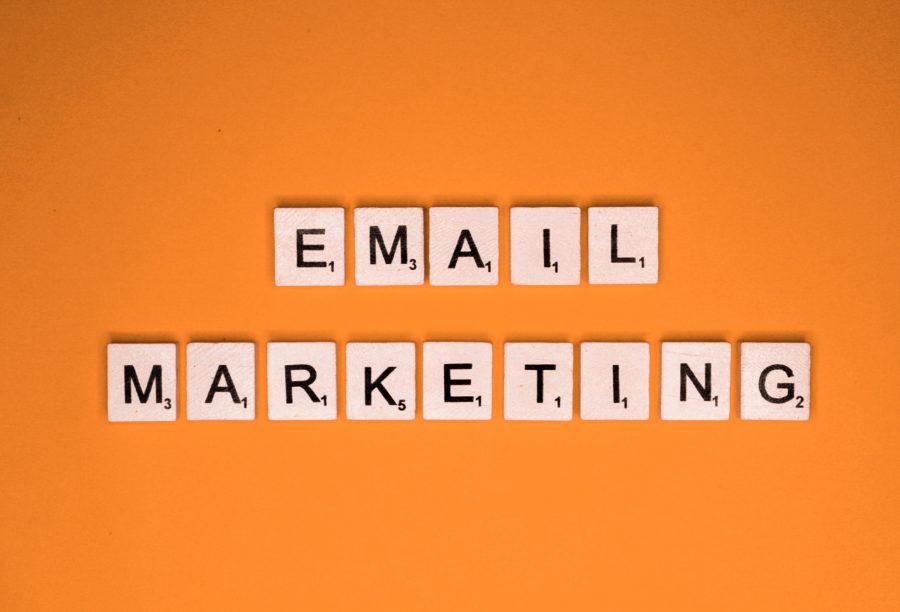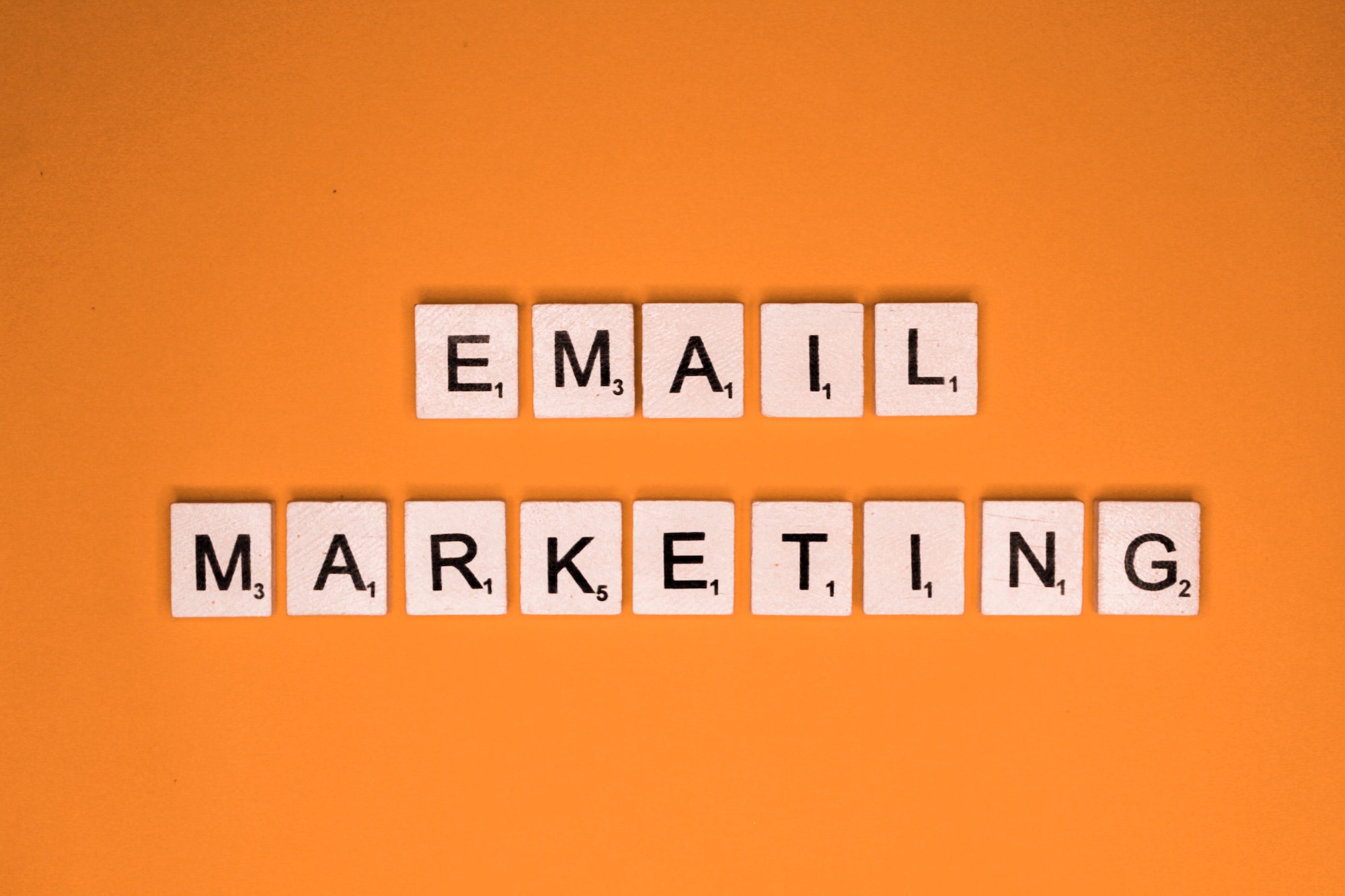
When your emails resonate with customers, they drive revenue, establish loyalty, and create omnichannel synergy. What customers experience online and through email transfers to what they experience with your brand in-store. But getting your emails through all the clutter in customers’ inboxes can be difficult. Let’s talk about how to improve customer experience with email marketing.
Engaging subject lines are part of the puzzle and so are compelling copy and enticing CTAs within the email. With email marketing, you have a purpose for each message.
Customers don’t want to be bombarded with just messages about ongoing sales and offers. According to recent surveys, 93% of marketers are aware customers want a brand experience that’s not limited to products.
To create a true brand experience, you’ve got to appeal to customers as individuals. Show them that you’re not just after their money. Here are a few ways to do that.
Introduce Your Company And What It Stands For
Gaining a new customer is an exciting event. Getting leads to sign up for your newsletters or request information on your company can be just as thrilling. You know your other sales and marketing efforts are working.

But a surefire way to lose new and potential customers is to make it look as though you’ve forgotten about them. This is where introduction and welcome emails can do some of the work for you. These types of emails let customers and leads know you’re recognizing them and setting the stage for the relationship with your brand.
However, less than half of all companies use welcome or introduction emails. That’s a significant amount of missed opportunities, as welcome emails have some of the highest open rates. These emails are also a chance to let customers know what they can expect from your brand.
Let them know when they can expect to hear from you and give them different options for receiving emails. Some customers might only want to learn about major company news or information about their bills. Others want to receive information about exclusive savings events and monthly newsletters.
In a welcome email, you can also highlight services your company offers and how they can contact someone if they need help. Provide your customers with a list of resources and let them know that you’re around. Give them a chance to provide more data if they want so you can personalize their experience with your brand.
Direct Customers To Additional Information On Your Website
You want customers to read through your emails, but you also want to provide them with all the information they need. But email copy needs to be short, skimmable, and provoke interest. It’s nearly impossible to include everything you need to say in a few paragraphs.
Plus, the point of most emails is to get your customers to take action. Whether that’s making a purchase, submitting a form, or finishing an order, you’ve got to direct them to your website. That’s why implementing landing page design best practices is necessary.
Landing pages can sync with your email marketing efforts and have the power to generate paid and organic traffic. Well-designed landing pages with succinct, engaging copy can also improve your SEO rankings and create brand credibility. It’s also known that 68% of B2B companies rely on landing pages to convert leads.
If you’re thinking you can just send customers to your main page from an email, you may not be thinking strategically. Let’s say you send out an email that advertises a new promo. If you read that email, clicking on the CTA that said “shop now” and ended up on a home page, what would you think?
You’d probably find the overall experience to be poor and disjointed. Wouldn’t it make more sense to end up on a page that lets you order the product or service that’s on sale? The same would apply to an email prompting customers to learn more. You want to direct them to a page on your site that only explains what they want to learn about.
Cut out the distractions and make sure the information is easy to read and clear. The visual elements should be inviting but not overpowering. By incorporating the right design and strategy, your emails and landing pages can produce better results.
Use Personalization To Your Full Advantage
As long as you don’t overdo it, personalization can digitally replicate the benefits many customers get from face-to-face interactions. Using customers’ names and details about their previous behaviors on your site can add a personal touch. These tactics give customers the sense that you’re not simply blasting out emails to people you don’t know.
Instead, your customers will see you’re making an effort to understand their needs and what motivates them. In fact, 67% of marketing professionals think they can use personalization better. But you need good data from your leads and client base to do this. You also need to be segmenting customers according to different demographics and lifestyle behaviors.

Third-party data can get you started in the right direction, but you can also look at the data your company collects. Look at how different customers are responding to your emails. Are there commonalities among those who never open them? Is it more difficult to get customers in a certain demographic to click on links?
Once you’ve found some similarities, see if you can figure out what’s causing this group to be unresponsive. Surveying them or trying an email re-engagement campaign can help.
Overall, email personalization can boost your reach and effectiveness. Emails with personalized subject lines have a 26% higher open rate, on average. In addition, when you segment and target customers by gender, location, age, profession, and past behaviors, you’re more likely to get conversions.
Send Out Surveys
Few people could argue with the idea that to improve the customers’ experiences, you need to ask about them. Sending out surveys via email can give you a steady stream of feedback. For instance, you can set up surveys to go out to every customer that signs up for service or buys a product.
You can also send out Net Promoter Score surveys and invitations after they visit your store or call customer service.
By automating email surveys, you’ll get a steady stream of input from customers. You’ll know if there are problems with service levels at specific stores. A recovery team can also address specific client concerns or complaints that put them at high risk for churn or cancellation.
Sending out a Net Promoter Score survey gives you an overall picture of how you’re doing. You can compare your score with industry benchmarks and identify where to make improvements. Net Promoter Score surveys allow you to ask customers open-ended questions so you can piece together themes.
Maybe clients think your company does a great job with pricing but needs to improve how charges are explained on their bills. Customers could find your eCommerce store difficult to navigate, or they can point out how much they appreciate your customer service.
Surveys can identify your brand’s strengths as well. This can show you what to emphasize in your messaging and help you identify your brand’s unique value proposition.
Conclusion
If there’s one takeaway you can get from this post, it’s that email campaigns need to have a purpose. Randomly sending out messages in the hopes they’ll generate sales will likely have the opposite impact. You’ll be creating or contributing to a poor customer experience.
Use email as a means of improving that experience through introductions, relevant information, personalization, and periodic surveys instead. We hope that this post helps you to improve customer experience with email marketing.
Contact Matchbox Design Group Today!
If your website could use a refresh or you’re looking to drive more traffic to your site, fill out the form below and we’ll contact you to learn more about your digital needs.

